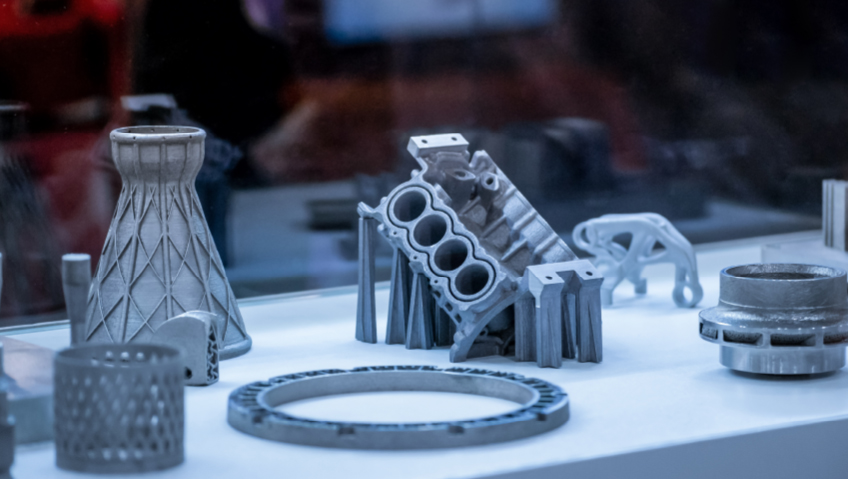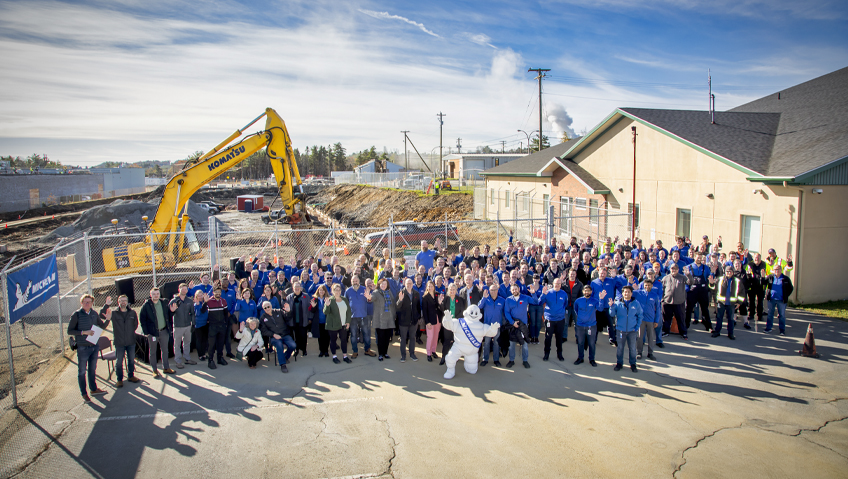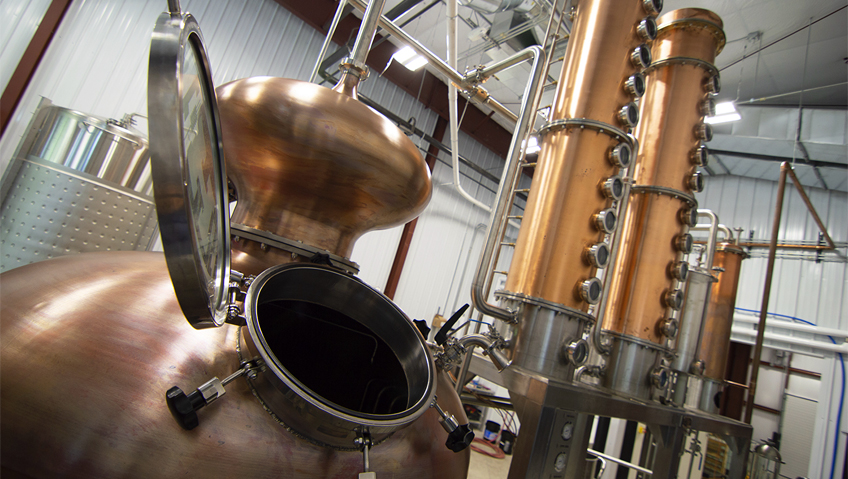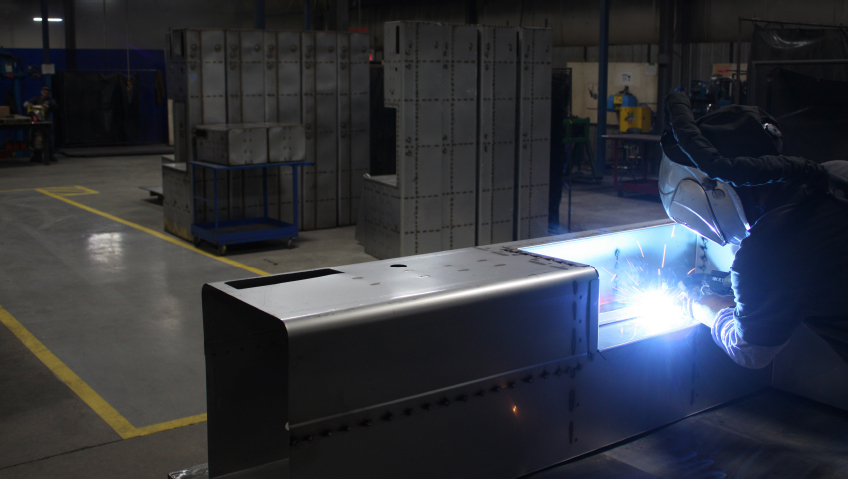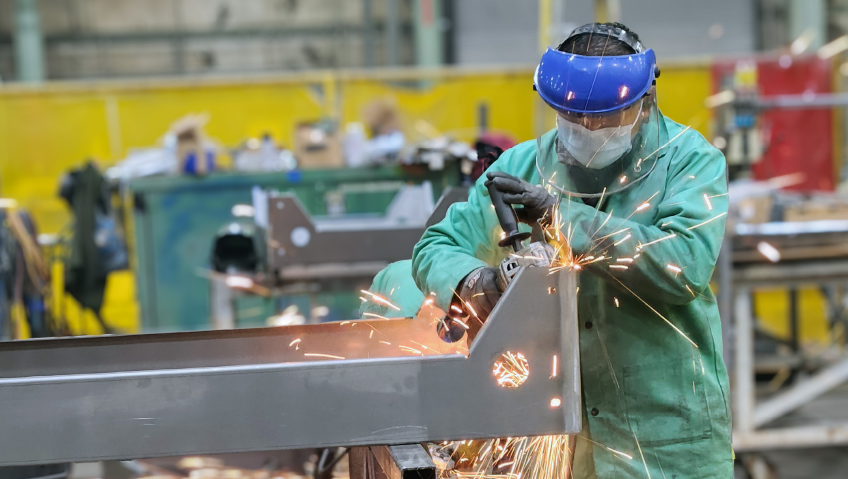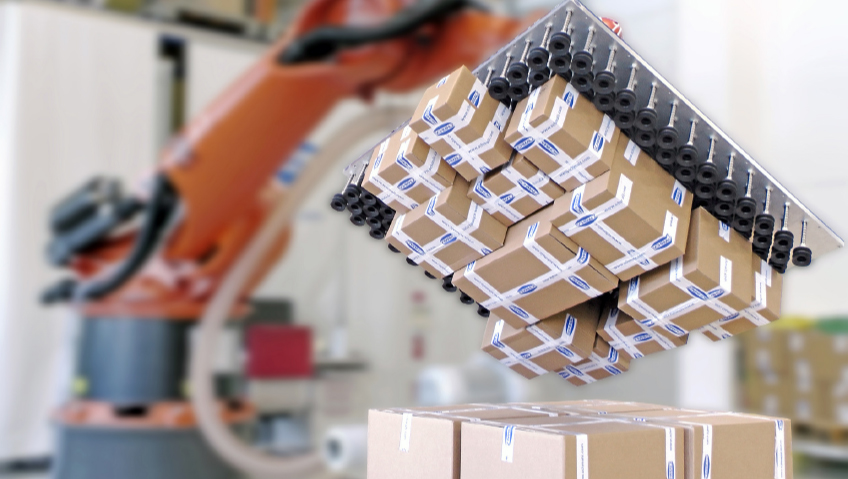‘Disruptive by design’ is SyBridge Technologies’ tagline. The Southfield, Michigan-based business is an industry pioneer in transforming the design and manufacturing journey, combining deep expertise in tooling and manufacturability with the latest digital advances. Constantly evolving to stay one step ahead, its goal is to help customers maintain leadership in their markets.
SyBridge Technologies offers end-to-end manufacturing solutions from design and prototyping to tooling, production, and aftermarket support. Capabilities include some of the industry’s best and most comprehensive in design-for-manufacturability, rapid prototyping, high cavitation tools, supportive injection molding, and custom parts manufacturing. The company partners with some of the world’s most well-known brands across a diverse set of high-value industries including life sciences, health and beauty, and consumer goods.
Manufacturing in Focus sat down with Senior Director of R&D, Dr. Charlie Wood and one of the company’s leading Additive Manufacturing and Engineering experts, Greg Nemecek, to learn how SyBridge Technologies is changing the industry with the latest advances in additive manufacturing.
“Additive manufacturing has been around for a number of years but primarily it has been used in the aerospace industry,” Nemecek says. “The technology right now is in a real growth spurt. There are advancements that are being made that are going to be changing the game as far as throughput on these machines and what we are doing with it.”
From hearing aids and helmets to tooling and rocket components, the technology can reliably produce an exhaustive range of products. With ever-improving materials, as well as advancements in print speed and repeatability, additive manufacturing is now a realistic option across a range of manufacturing technologies and industry use cases.
But, as a relatively new technology in most industries, additive manufacturing has much uncertainty surrounding it. “For a really long time, additive has been really challenged by people’s understanding of the capabilities,” Wood says. “There is a lack of understanding in how all of these technologies work and so there is skepticism.” One common concern is whether it can perform consistently. He says that manufacturers ask, “Can I make the same part over and over again? How much can I rely on this process I have never seen before?’”
In the case of injection molding tools, productivity and reliability are of primary concern to end users. After the technology’s steady advance over the last decade, users have seen additive enter new waters. “The hardware has gotten a lot better,” he points out. “It is ready to be deployed into real manufacturing settings, and so you’re beginning to see the impact across industries.” The SyBridge team highlighted applications where additive manufacturing has been trusted for a long time.
“Believe it or not, there are a lot of these guys in NASCAR that have these metal printers, and they are printing clutch pedals, brake pedals, accelerator pedals,” Nemecek explains, demonstrating how tool makers can learn from these innovations and develop similar trust for the technology. Wood and Nemecek discussed how SyBridge is focused on applications where additive manufacturing is used in tooling to drive improved performance, cost, and lead times. They excitedly talked about the developments around conformal cooling and how it helps drive customer outcomes.
When it comes to the typical SyBridge customer, the primary benefit is “going to be through a higher quality mold for manufacturing,” Nemecek notes. “That is really what it comes down to. That mold is going to perform better. It is going to be a performance tool if you weigh it against a traditionally manufactured tool.” In some examples, they showed how simply re-designing a few components can cut cycle time in half or better.
The technology’s ability to produce conformal cooled tooling is a great example of this high-performance potential. This cooling approach looks to optimize part cooling during the molding process by creating complex, optimized cooling channels unlocked via additive manufacturing. “When you have an injection mold or an injection molded part that has hard-to-reach areas in the mold, where the opportunity to get incremental cooling is either very difficult or impossible, with additive manufacturing, you can get the cooling up in those areas and thus reduce cycle time and part warp,” he explains. “These complex channels are easy work for these machines and we are just beginning to understand how to optimize the performance.”
Upfront costs may seem high, but it is important to see the big picture when considering the adoption of the technology. Nemecek further explains, “One thing that I always tell people to remember is that you may pay more initially for the conformally-cooled 3D-metal-printed mold components. But the upfront investment in tool design will help in cost savings down the road when that mold goes into a plastic injection press. That is where you save your money, and that saving is a return that keeps giving over and over. When those components are designed to efficiently cool a mold and dramatically reduce cycle times, the savings are tremendous. If you are running a million parts and you save 10 percent on your cycle time—which doesn’t seem like much, but you take that 10 percent and you multiply it by a million times, however many seconds—that is a lot of time saved in the press.”
The team understands the importance of communicating the advantages of harnessing the power of additive to molders. “They are checking it out but they are not all jumping right in because they have concerns about durability, about how the conformal channels can be cleaned out if they get plugged up,” Nemecek says. “There are lots of different things that they are concerned with but, one by one, we are slowly quelling those fears.”
With a track record that proves the advantages, the team is eager to transform the industry with next-generation technology, despite the challenges. This includes not only physically creating parts but also the groundbreaking software behind them. “The manufacturing industry has this reputation of being static and not innovative,” Wood says.
“I think we have a different view which is there are all these opportunities in the form of advanced factory and manufacturing technologies that enable us to make better parts and better serve the changing needs of our customers. But there is also this intersection with new software technology, like digital design, that enables radically new ways of doing things like conformal cooling. Because you are able to now design and optimize these complicated fluid structures, we can cool the parts in new ways that attain new levels of performance. And so, it is really the confluence of not only the hard technology but also the digital technologies that enables parts to be made better,” he continues.
SyBridge’s future is exciting, especially considering the team’s ongoing commitment to disrupt the industry. “We really want to bring a technology-driven view on manufacturing and to find these types of opportunities to drive customer outcomes from speed-to-market, quality, and cost standpoints,” Wood summarizes. “Data is at the heart of what we are doing, building a robust digital thread that enables new solutions. That is the bold vision of where we are going.”

